English
A broad statement based on specific instances, details, or facts.
Generalization
Primary
Secondary
It is the sequence of events that make up a story, whether it's told, written, filmed, or sung.
Setting
Plot
Story
Characterization
The main part of the story where the full problem develops. A number of events and /or obstacles are involved that will eventually lead to the climax.
Exposition
Rising Action
Climax
Denouement
Sets up the story by introducing the main characters, the setting and the problem to be solved.
Exposition
Rising Action
Falling Action
Climax
The highest point of interest in the story where the most exciting events occur.
Exposition
Rising Action
Falling Action
Climax
The final outcome. The conflicts are resolved and the loose ends are tied up.
Climax
Falling Action
Denouement
Exposition
Follows the climax. It contains the events that bring the story to the conclusion.
Falling Action
Rising Action
Denouement
Climax
Graphic Organizer
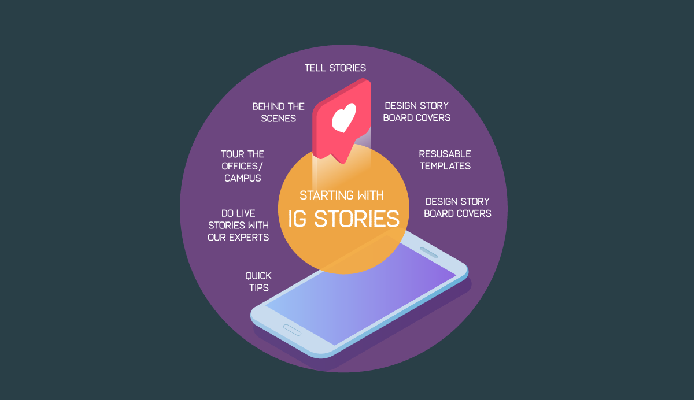
Circle Map
Ideal Wheel
Venn Diagram
Organizational Chart
Graphic Organizer
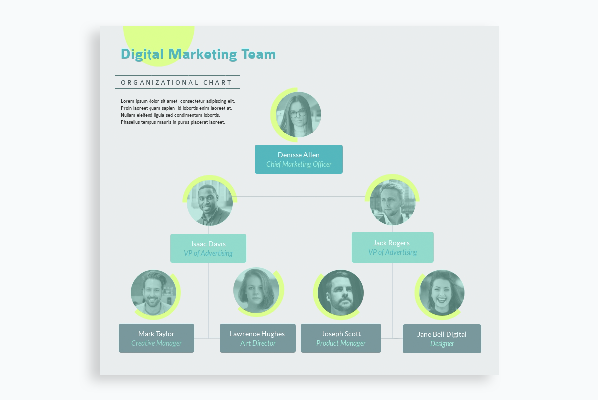
Idea Wheel
Concept Map
Tree Chart
Organizational Chart
Graphic Organizer
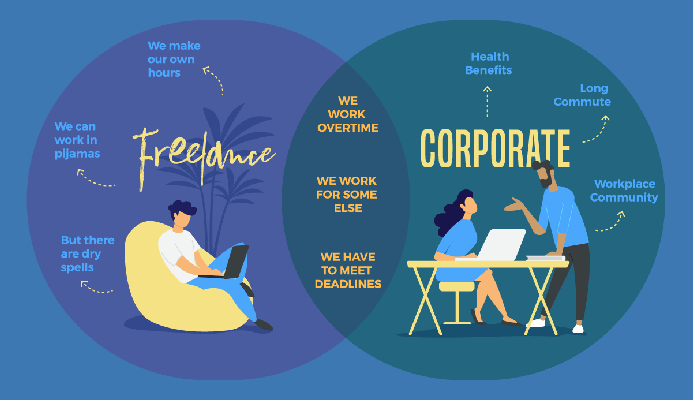
Venn Diagram
Cause and Effect
Concept Map
Brace Map
Graphic Organizer
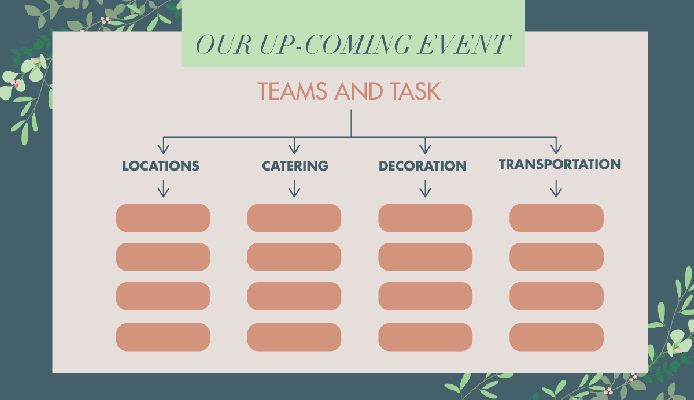
Analogy
T-Chart
Tree Chart
Organizational Chart
Graphic Organizer
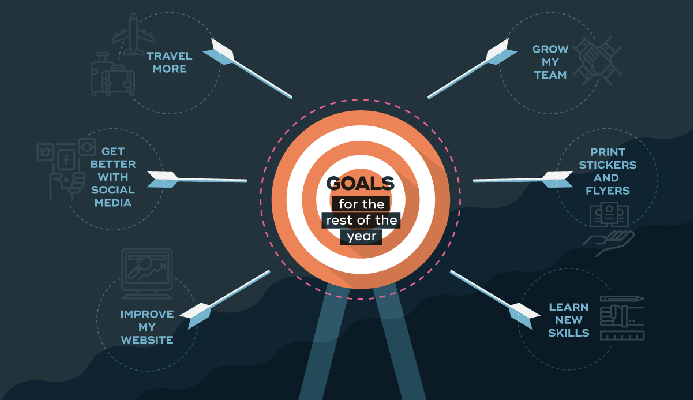
Idea Wheel
Spider Map
Sequence of Events Chain
Venn Diagram
Graphic Organizer
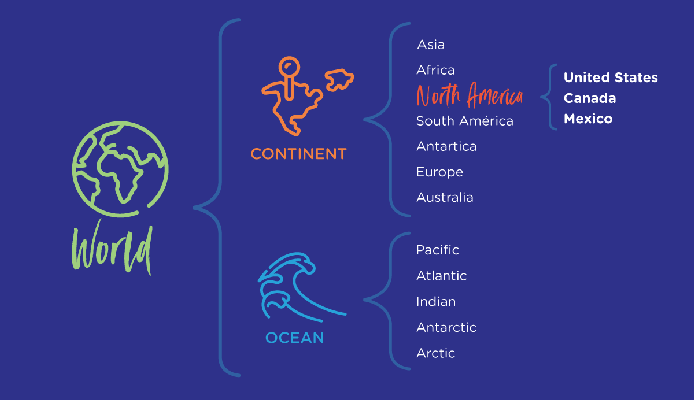
Idea Map
Cause and Effect
Brace Map
Analogy
Graphic Organizer
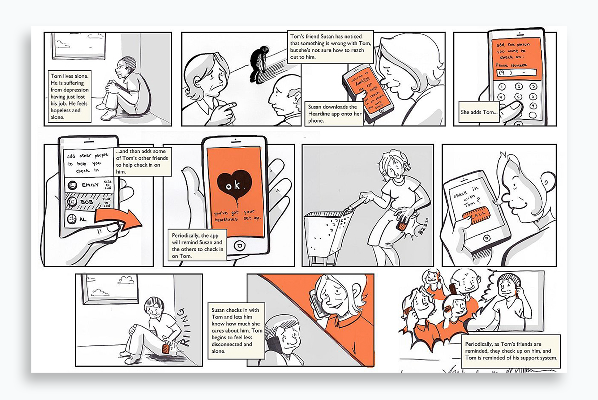
Storyboard
Timeline Chart
Analogy
Idea Map
Graphic Organizer
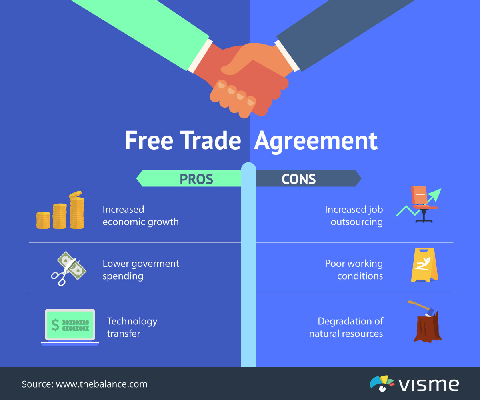
Circle Map
T-Chart
Tree Chart
Cause and Effect
Graphic Organizer
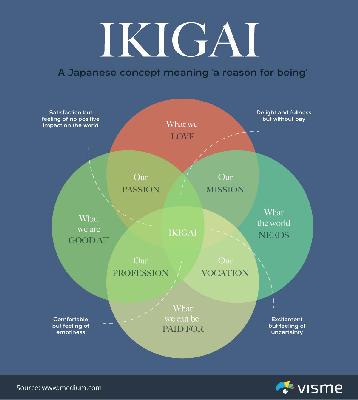
Tree Chart
Spider Map
Concept Map
Venn Diagram
Graphic Organizer
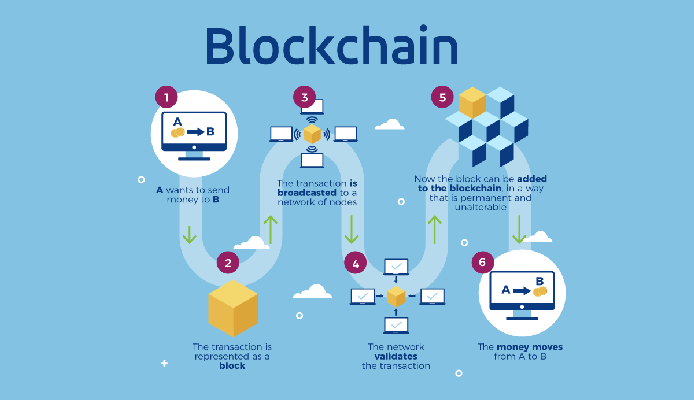
Sequence of Events Chain
Concept Map
Analogy
Cause and Effect
Graphic Organizer

Cause and Effect
Concept Map
Analogy
Idea Web
Graphic Organizer

Analogy
Timeline Chart
Idea Web
Spider Map
Graphic Organizer
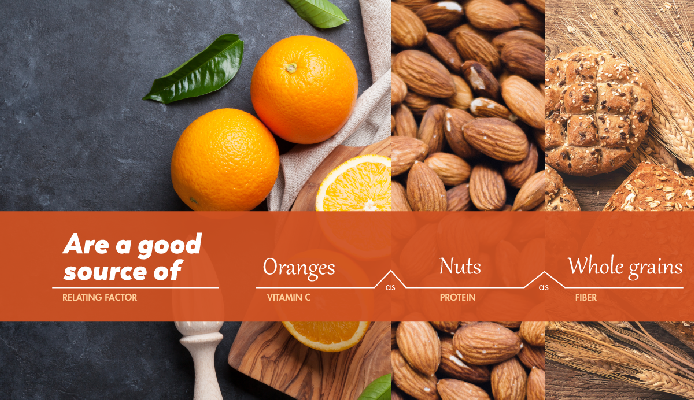
Analogy
Idea Web
Idea Wheel
Organizational Chart
Graphic Organizer
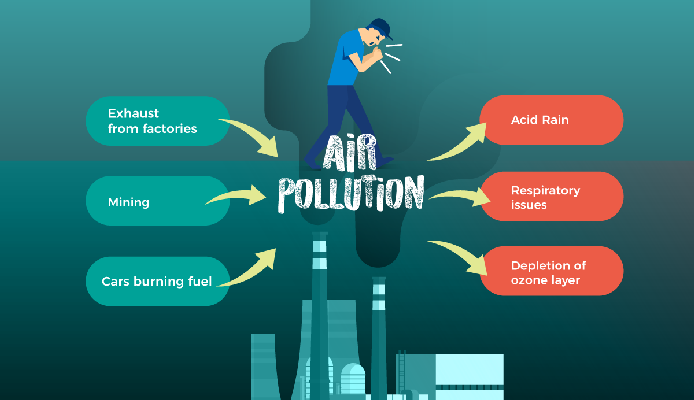
Idea Wheel
Idea Web
Venn Diagram
Cause and Effect
Graphic Organizer
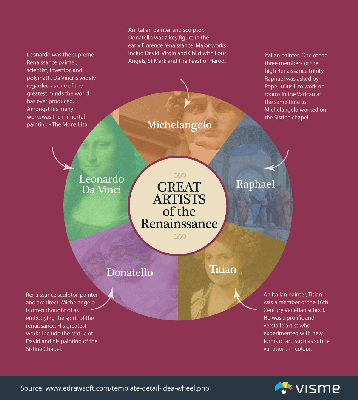
Idea Wheel
Spider Map
Venn Diagram
Concept Map
Graphic Organizer

Spider-Map
Idea Web
Idea Wheel
Concept Map
It is content that is intentionally false and designed to cause harm. It is motivated by three distinct factors: to make money; to have political influence, either foreign or domestic; or to cause trouble for the sake of it. When disinformation is shared it often turns into misinformation.
Malinformation
Disinformation
Misinformation
It is false content but the person sharing doesn’t realize that it is false or misleading. Often a piece of disinformation is picked up by someone who doesn’t realize it’s false, and shares it with their networks, believing that they are helping. The sharing of misinformation is driven by socio psychological factors.
Malinformation
Disinformation
Misinformation
It is the term describes genuine information that is shared with an intent to cause harm. An example of this is when Russian agents hacked into emails from the Democratic National Committee and the Hillary Clinton campaign and leaked certain details to the public to damage reputations.
Malinformation
Disinformation
Misinformation
Materials that provide authentic and first-hand accounts of events recorded during or shortly after the described event occurred.
Primary
Secondary
Tertiary
Materials that serve as an index, summary, collection or compilation of primary and secondary sources.
Primary
Secondary
Tertiary
Are the ones that provide interpretations that were created by someone who indirectly experienced or participated in the event.
Primary
Secondary
Tertiary
Correspondence
Primary
Secondary
Tertiary
Abstracting sources
Primary
Secondary
Tertiary
Review research works
Primary
Secondary
Tertiary
No intention to cause harm but has potential to fool.
Misleading Content
Satire or Parody
Manipulated Content
Fabricated Content
New content is 100% false, designed to deceive and do harm.
Fabricated Content
Manipulated Content
Manipulated Content
Imposter Content
When genuine content is shared with false contextual information.
Manipulated Content
False Context
Imposter Content
Misleading Content
When headlines, visuals or captions don’t support the content.
Manipulated Content
Misleading Content
False Connection
Imposter Content
When genuine sources are impersonated.
Manipulated Content
Satire or Parody
False Connection
Imposter Content
Use of information to frame an issue or individual.
Misleading Content
Satire or Parody
Manipulated Content
False Connection
{"name":"English", "url":"https://www.quiz-maker.com/QIH0LP6BI","txt":"A broad statement based on specific instances, details, or facts., It is the sequence of events that make up a story, whether it's told, written, filmed, or sung., The main part of the story where the full problem develops. A number of events and \/or obstacles are involved that will eventually lead to the climax.","img":"https://www.quiz-maker.com/3012/images/ogquiz.png"}